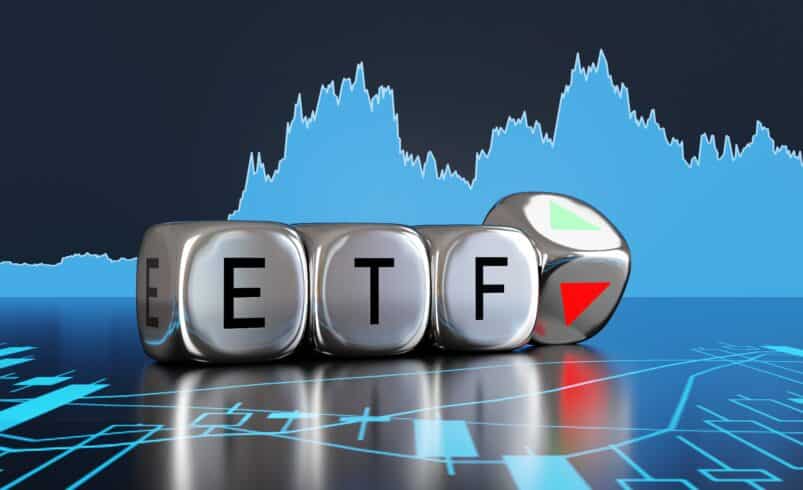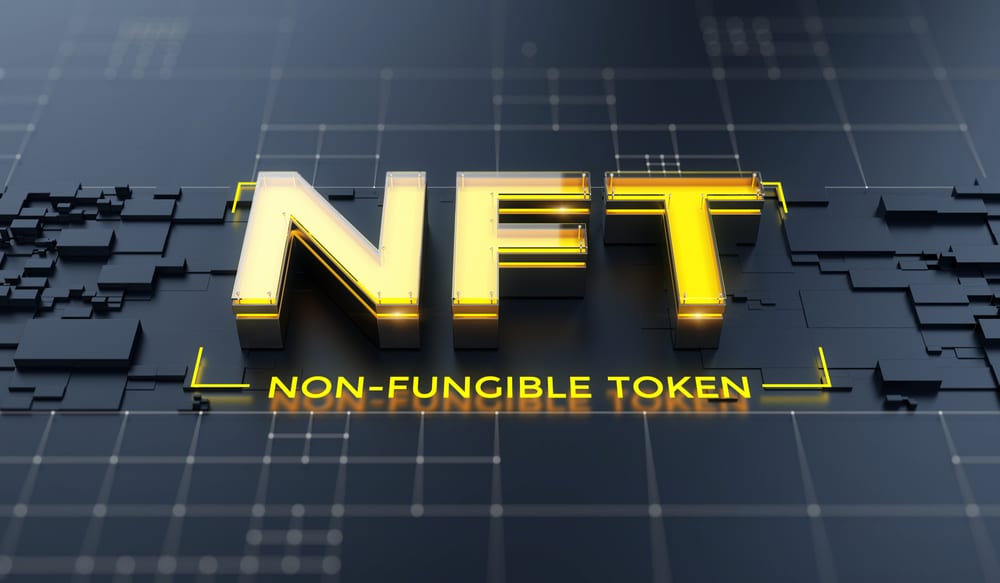Understanding Short Bitcoin ETFs: Investment Strategies and Risks

An Exchange-Traded Fund (ETF) is an investment fund and exchange-traded product that features shares available for trading on a stock exchange.
A short ETF is tailored to capitalize on a decline in the market value of a certain asset or index. It allows investors to “short” an asset, which involves borrowing and then selling the asset at its current market rate, to repurchase it at a reduced cost later. Short ETFs streamline this process, enabling investors to wager against the asset without personally undertaking the borrowing and selling activities.
Accordingly, a short bitcoin ETF is structured to gain from a Bitcoin value drop.
Why might investors opt for a short Bitcoin ETF?
There are several reasons an investor might select a short Bitcoin ETF. The primary reason is often the desire to profit from a bear market, where the investor anticipates a decline in bitcoin’s price, aiming to earn from its decreasing value.
Another motive could be to counterbalance potential losses in their portfolio. If an investor’s portfolio is susceptible to a falling cryptocurrency market, holding a short bitcoin ETF that gains from a drop in bitcoin prices could help offset those losses.
Investors might also consider short bitcoin ETFs to diversify their investment portfolio. Diversification, the strategy of spreading investments across various assets to minimize risk, can include maintaining long and short positions as a method for risk management.
Lastly, traders might employ short bitcoin ETFs for specific trading tactics, capitalizing on short-term fluctuations in the cryptocurrency market. This approach might involve shorting Bitcoin in anticipated downturns and going “long” during upward trends or buying and selling it when its value rises.
What distinguishes a short bitcoin ETF from a spot bitcoin ETF?
While a short bitcoin ETF is designed to profit from a decrease in bitcoin’s value, a spot bitcoin ETF tracks the actual market price of bitcoin, fluctuating in tandem with bitcoin’s price.
What are the differences between short bitcoin ETFs and bitcoin futures ETFs?
For investors anticipating a fall in bitcoin’s price, a short bitcoin ETF is preferable, employing various financial tools like short selling or derivatives to benefit from bitcoin’s price decline.
Investors in a short bitcoin ETF adopt a bearish outlook on bitcoin, with potential gains derived from a price decrease. However, if Bitcoin’s price surges, substantial losses may ensue.
In contrast, bitcoin futures ETFs invest in bitcoin futures contracts. These contracts are financial derivatives that derive value from Bitcoin’s future pricing.
Investors in bitcoin futures ETFs can profit from both rising and falling bitcoin prices based on their positions in the futures contracts. However, these contracts have inherent risks, including market volatility and potential loss.
Both short bitcoin ETFs and bitcoin futures ETFs typically fall under regulatory scrutiny, and the regulatory landscape for these financial instruments can vary across different regions.
Examples of Short Bitcoin Exchange-Traded Products
Two notable examples of exchange-traded products (ETPs) that follow the inverse performance of Bitcoin are the 21Shares Short Bitcoin ETP and ProShares’ BITI Short Bitcoin Strategy ETF. These financial instruments are designed to provide returns opposite Bitcoin’s price movements.
Risks Associated with Short Bitcoin Exchange-Traded Funds
Investing in short Bitcoin ETFs presents several risks that necessitate careful consideration by investors. The following are key risks linked to short Bitcoin ETFs:
- Market Risk: The foremost risk is the market risk. When Bitcoin’s price rises instead of falling, investors holding positions in short Bitcoin ETFs may face losses. Unlike conventional investments, where the maximum loss is the initial investment, short positions could lead to limitless losses if there’s a substantial increase in the asset’s price.
- Leverage Risk: Certain short ETFs utilize leverage to enhance returns. However, this approach also escalates the risk factor. Enhanced leverage exacerbates losses, resulting in considerable financial detriment for investors if the market moves contrary to their expectations.
- Interest Rate Risk: Short Bitcoin ETFs that involve borrowing assets for shorting are subject to interest rate risk. The costs associated with borrowing can accumulate over time and affect the investment’s overall returns.
- Counterparty Risk: Short ETFs often involve financial derivatives or similar instruments, introducing counterparty risk. This risk arises if the entity responsible for the derivative fails to meet its obligations, potentially leading to losses.
- Regulatory and Legal Risks: The regulatory landscape for cryptocurrencies and related financial products is in flux. Any changes in regulations or legal challenges could impact the operation of short Bitcoin ETFs or affect the value of their underlying assets.
- Liquidity Risk: The liquidity of both the short Bitcoin ETF and its underlying assets can influence investors’ ability to enter or exit positions at preferred prices. Investors may face wider bid-ask spreads and higher trading costs in markets with low liquidity.
For investors, it is imperative to conduct comprehensive research and understand the specific characteristics of the short Bitcoin ETF under consideration. Assessing one’s risk tolerance thoroughly before investing and seeking advice from financial professionals can offer valuable insights into the risks and potential rewards of shorting Bitcoin or utilizing short Bitcoin ETFs.
DISCLAIMER: It's essential to understand that the articles on this site are not meant to serve as, nor should it be construed as, advice in legal, tax, investment, financial, or any other professional context. You should only invest an amount that you are prepared to lose, and it's advisable to consult with an independent financial expert if you're uncertain. To obtain more information, kindly examine the terms of service and the assistance and support resources made available by the issuing or advertising entity. Our website is committed to delivering accurate and unbiased news, yet it's important to note that market conditions may change rapidly. Also, be aware that some (but not all) articles on our site are compensated or sponsored.








